
If you search for money apps in the App Store or Google Play, you’ll see several popular and widely known options like PayPal, Venmo, Cash App, and more.
In the video below, you can see how blockchain technology can help you build a finance app.
While there are certainly some overlapping features and functionalities between Cash App and these other apps, Cash App actually has a bit more versatility in their offerings.Venmo, for example, is primarily focused on money transfers and is more of a socially driven payment app.
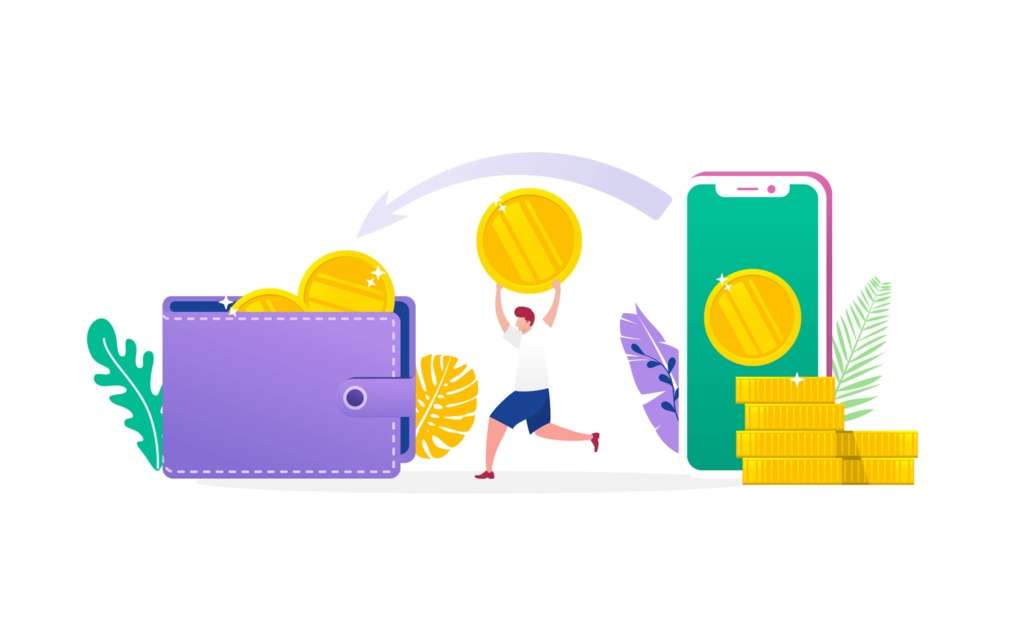
Cash App also offers simplified money transfers, but they also offer the ability to buy and sell stocks, make purchases with their debit card, and more.
Let’s take a look at everything Cash App has to offer and where it falls short.
Table of Contents
Cash App is a finance app by Square Inc. that was created in 2013 for iOS and Android.
This app has three main features: money transfers, mobile banking, and investing. Here’s how each of those features works.
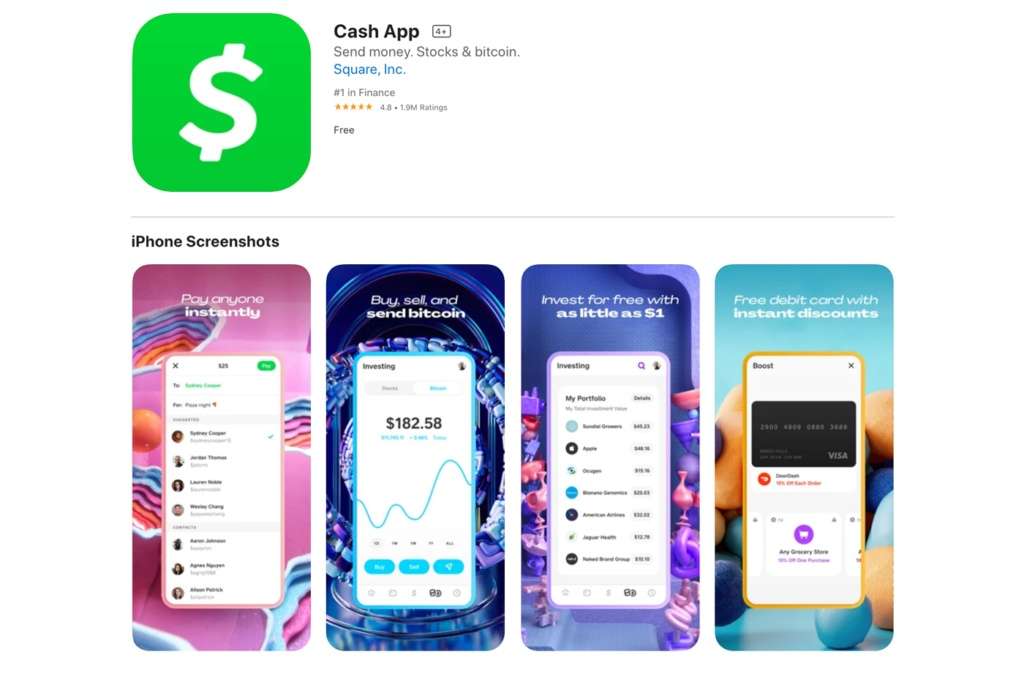
1.1 Money Transfers
In today’s day and age, who carries around cash anymore?
More and more people are going cashless which is why tech companies are making it easier to send and receive money quickly and easily right from your mobile device.
To get started sending and receiving money using Cash App, you’ll need to connect the app to your external bank account.
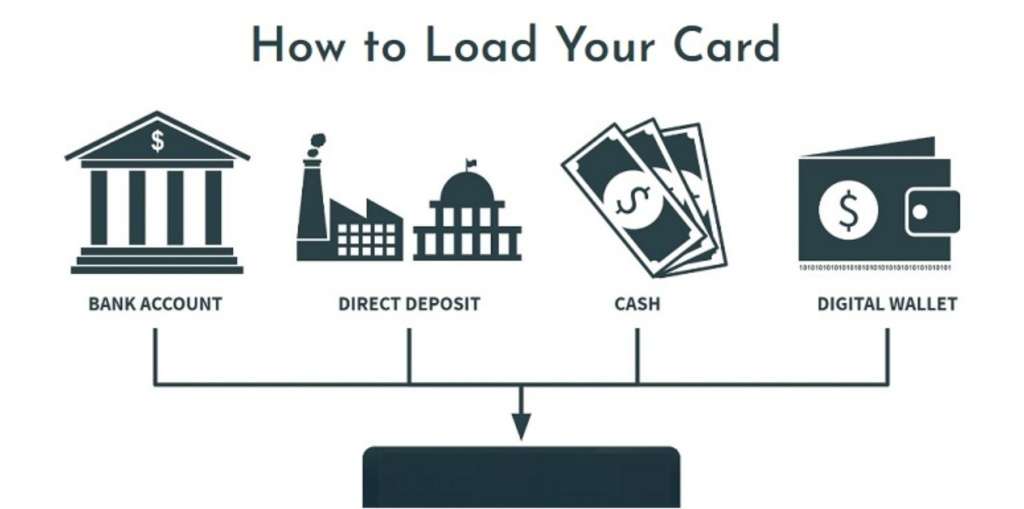
Photo Credit: addyourlogo.com
Linking to a bank account lets you transfer funds received in Cash App to your bank account and it lets you send funds to other Cash App users.
You can also keep funds in your Cash App account until you’re ready to transfer it to your bank.
Sending Money
To send money, all you need is the recipient’s phone number, email, or their $Cashtag, which is a unique identifier for people using the app.
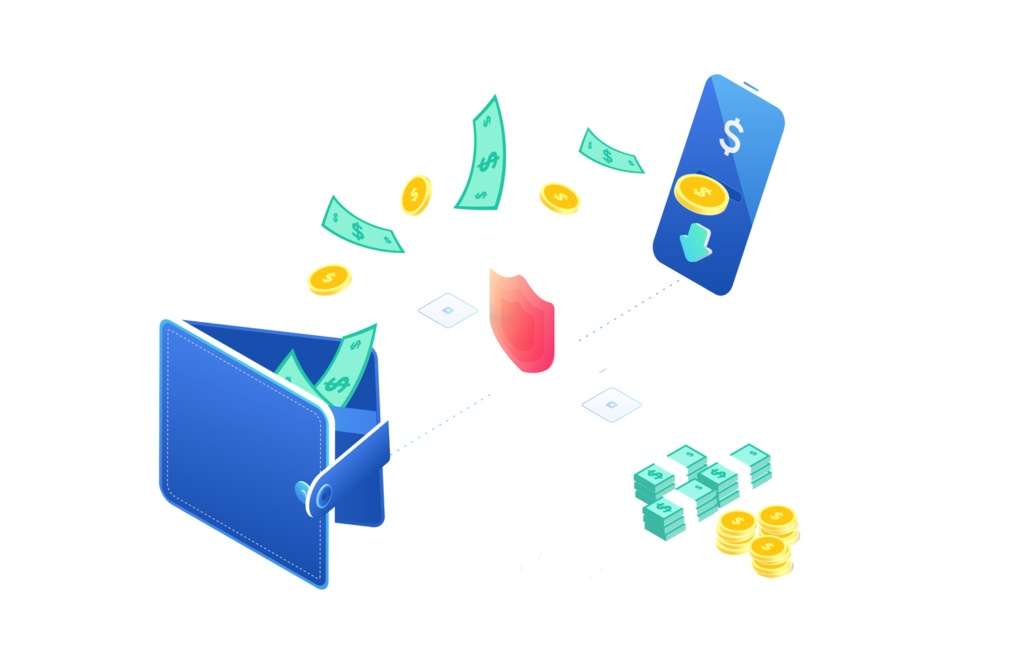
Next, the app will request where it should withdraw the money from—your Cash App balance, your linked bank account, or a credit card.
Sending Cash App payments is completely free, unless you use a credit card, which charges a 3% transaction fee.
Normally, you can only send up to $1,000 in a 30-day period, but you can send more by verifying some personal information, like your id, date of birth, and the last four digits of your Social Security number.
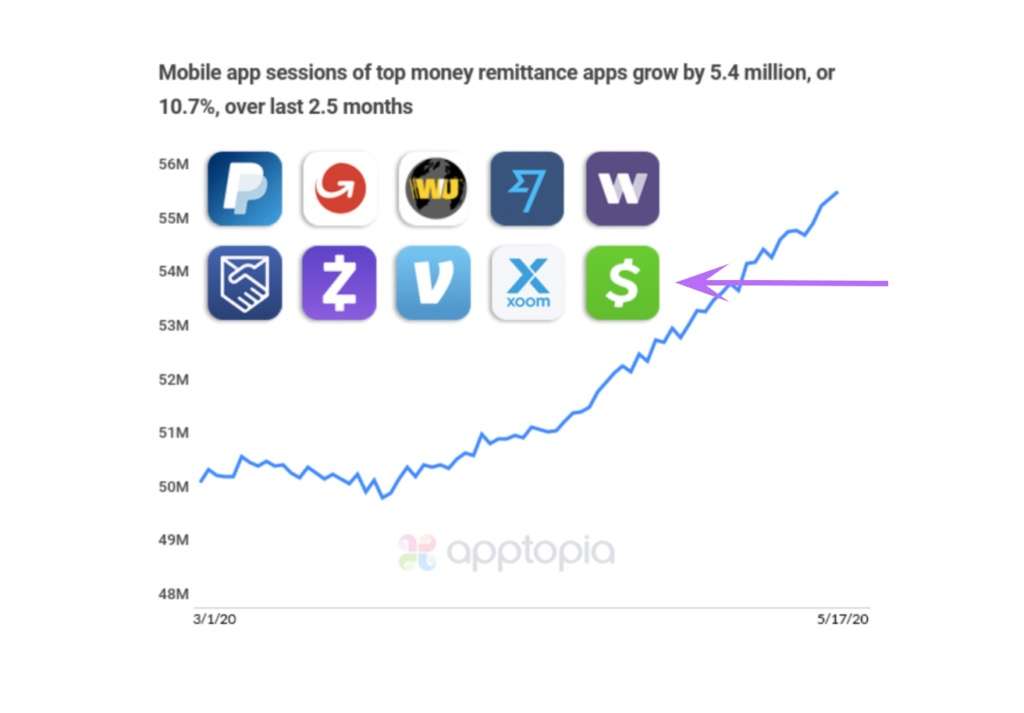
Receiving Money
When another Cash App user sends you money, it’ll go directly to your Cash App account, which you can then withdraw to your linked bank account or a debit card.
While the transfer to your Cash App account is instant, it takes 1-3 business days for your bank account to receive the transferred funds.
You can opt for an instant bank deposit, but there is a 1.5% rush fee.
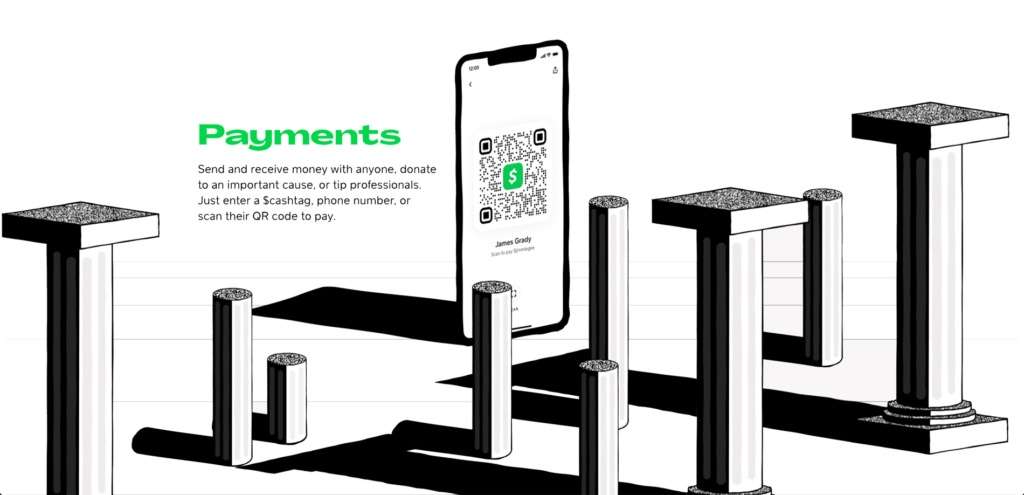
1.2 Mobile Banking
You can unlock their banking feature by ordering a Cash Card, which is free.
This lets you receive other funds, like tax returns, paychecks, and other deposits using the card’s routing and account numbers.
With Cash App banking, users can receive deposits up to two days early.
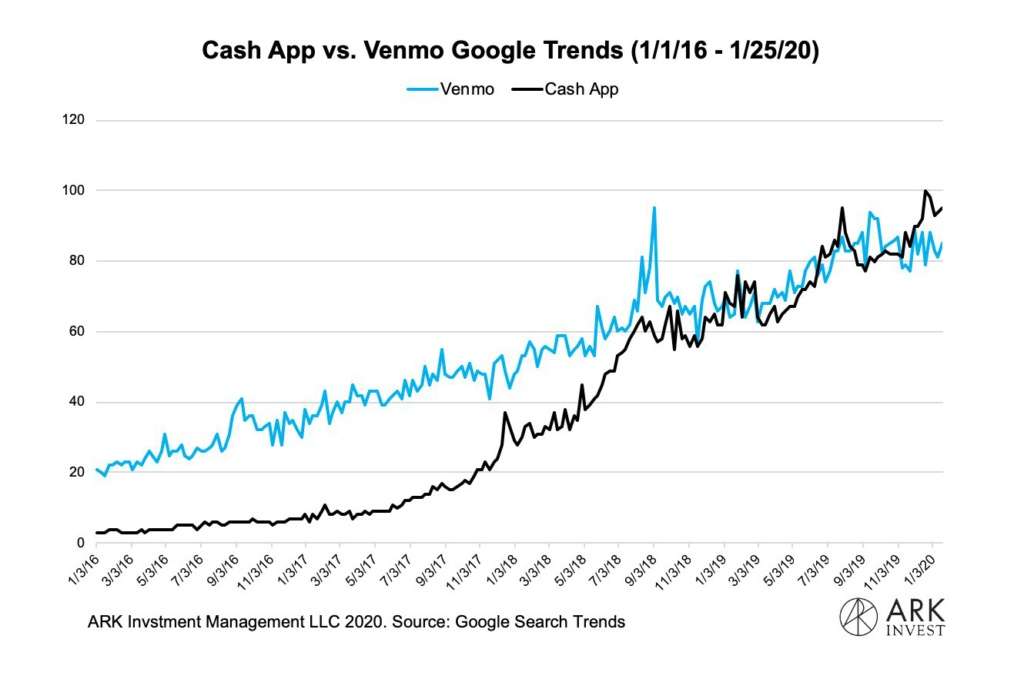
You can use the Cash Card to make purchases online or in stores using the balance in your Cash App account.
The card also gives Boosts, which are instant discounts for various stores and retailers.
Cash Card Limits
The most you can spend on your Cash Card is $7,000 per transaction per day, $10,000 per week, and $25,000 per month.
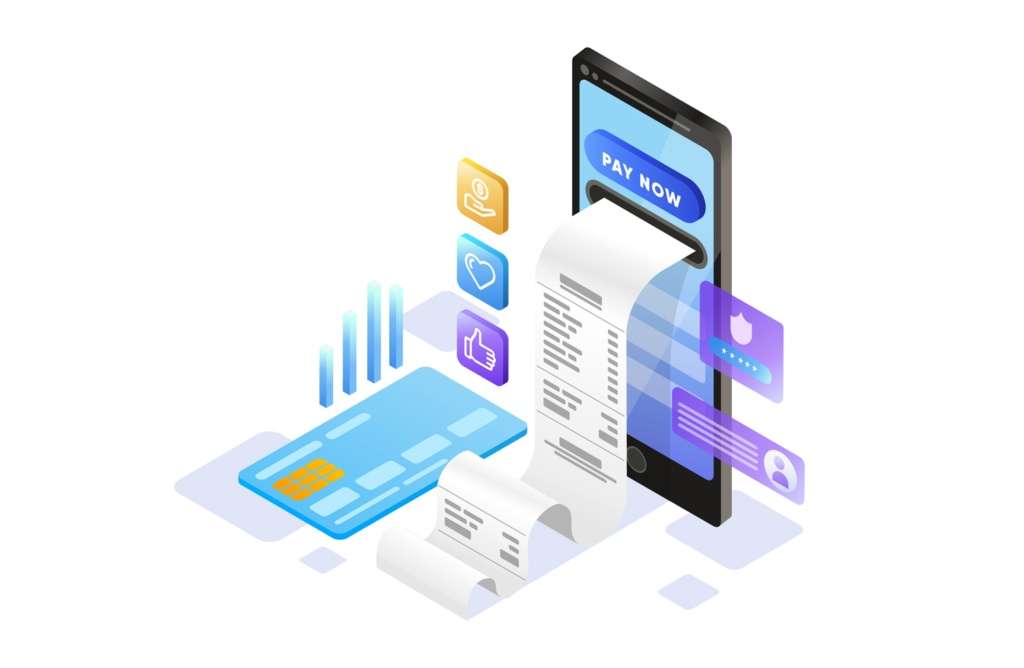
The most you can withdraw is $1,000 per transaction, $1,000 per day, and $1,000 per week.
This is a good option for users who don’t want to wait for the money to transfer to their bank account, but keep in mind that their banking isn’t FDIC insured like real banks.
1.3 Investing
This is where Cash App gets interesting and really sets itself apart from competitors like Venmo.
Cash App lets you buy and exchange stocks and ETFs with as little as $1.
You can get started by opening an investing account in the app, which is free and easy to do, and then make a purchase.
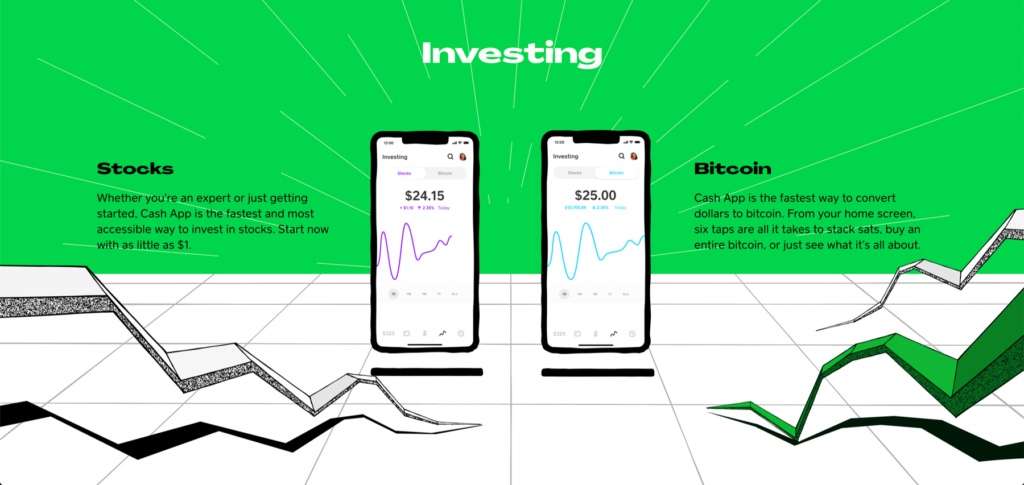
Unlike many brokerages, Cash App doesn’t charge any commissions for stock transactions.
Here’s what else you can do with Cash App investing:
- Manage your portfolio
- Get access to hundreds of stocks
- View statements and trade confirmations
- There are several order types (e.g. standard, scheduled, custom order, auto-invest, etc)
- You can buy fractional shares of stock
- Tools available for beginning investors, like tutorials
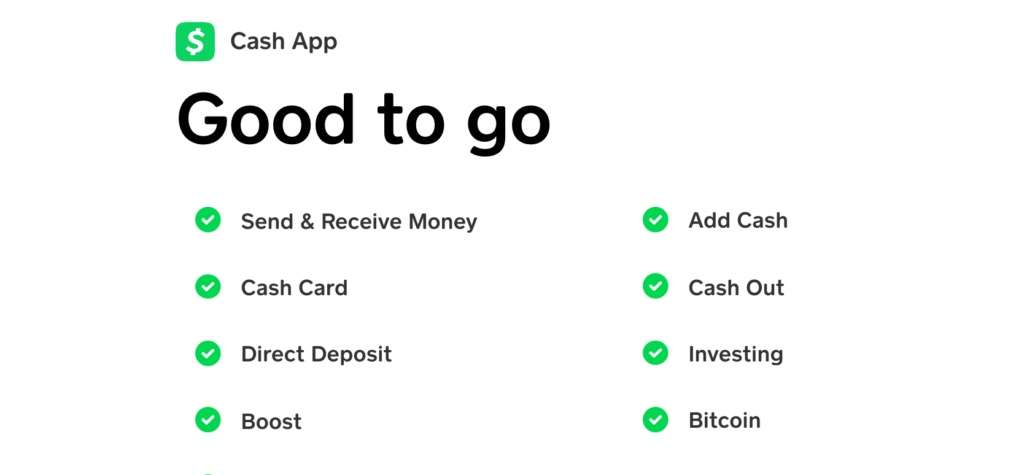
In addition to stocks and ETFs, users can also buy and sell bitcoin, but there are fees. There’s a basic transaction fee as well as an additional fee that is based on the volatility of bitcoin, which you can view before trading.
Cash App Features Verdict: Thumbs Up
Users want to be able to send and receive money quickly and easily, which is something Cash App, and many others like it, offer.
Cash App has introduced other interesting features to bring in more users, like their banking and investment options.
Cash App security Features
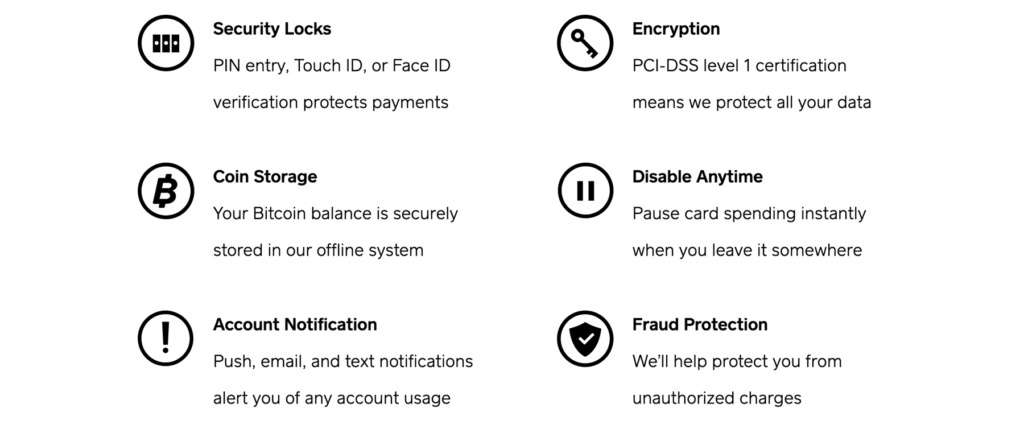
While these options are limited in what they offer, it works for their demographic, which is a younger, less financially-savvy audience.
Cash App is very intentional with the design and layout of the app and seems to be going for simplicity and easy navigation.
This makes sense for a financial app since financial services like banking and buying/selling stocks can often feel complex.
Simple User Interface Design
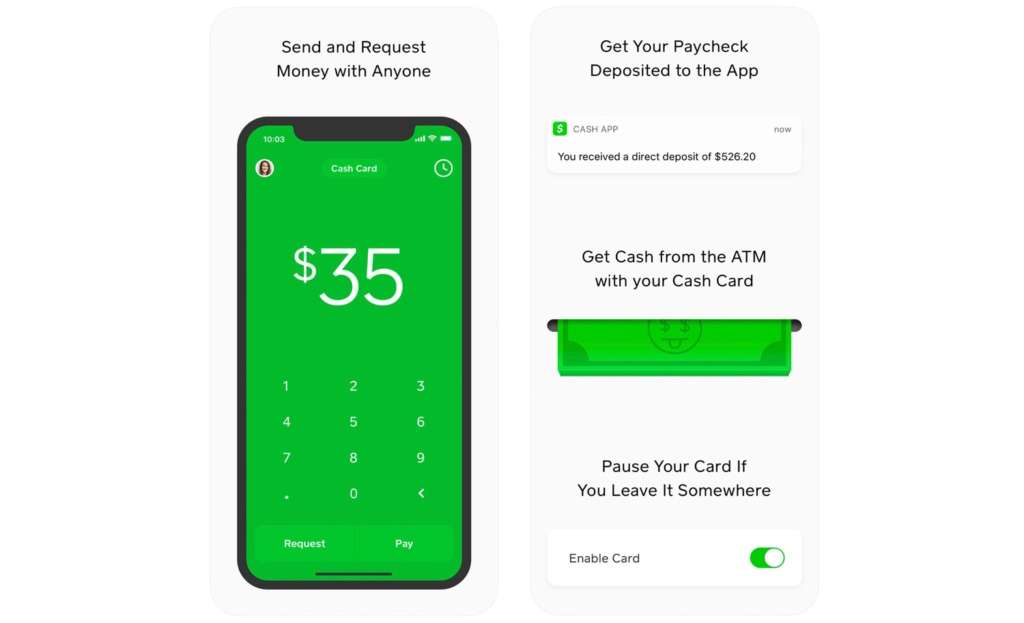
Photo Credit: popsugar.co.uk
As soon as you login to the app you’re presented with their signature green payment screen that allows you to request money or send a payment.
Since this is the app’s primary feature, it feels right that this is the first thing users see when opening the app and removes unnecessary steps.
The menu bar sits at the bottom of the screen, with various icons representing other features and services they offer, like a house icon that takes you to the home page, a credit card icon that takes you to their Cash Card product page, and so on.
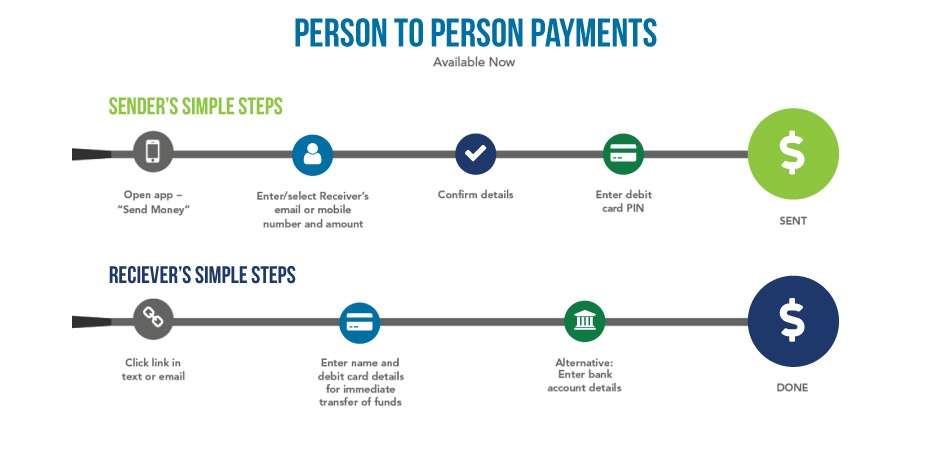
There’s nothing innovative or unique about these icons, but that seems to be the point.
The UI elements are basic but easily understood, making it a breeze for new users who may be unfamiliar with finance apps.
When you visit their investing page, you can see a Stocks tab and a Bitcoin tab at the top.
On the stocks tab, there’s a slider featuring images from popular companies you can purchase stocks with, like Coca-Cola, Nike, Disney, and so on.
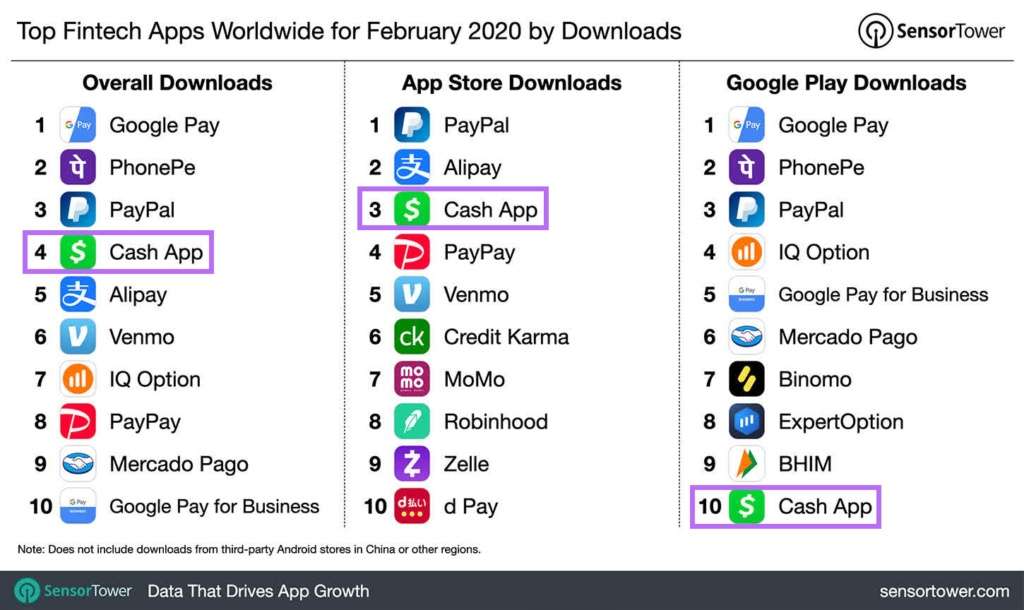
If you scroll down, you’ll see blurbs from relevant and recent articles about stocks.
Keep scrolling and you’ll see a “Following” section which lets you keep track of your favorite companies, starting with popular stocks.
Once again, the UI gives us a simple and easy user experience.
Cash App seems to be catering to beginner investors with their stock suggestions, articles, and ability to invest with as little as $1.
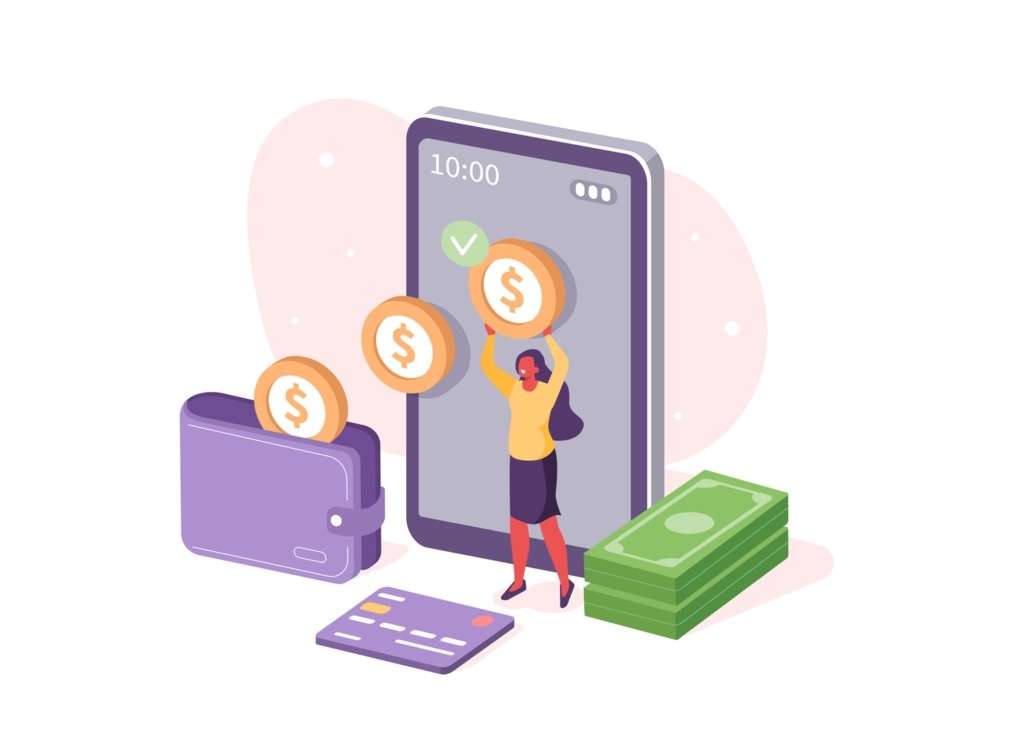
They also offer a tutorial on stocks called “My First Stock” which is chock-full of artsy illustrations paired with short bursts of text that takes users through the journey of buying and selling stocks in an easy, digestible way.
Going through the tutorial feels like you’re reading a children’s book and is perfect for newbie investors.
Cash App Design Verdict: Thumbs Up
Finances are a tricky subject, especially once you get into the world of stocks.
Benefits of Minimal App Design
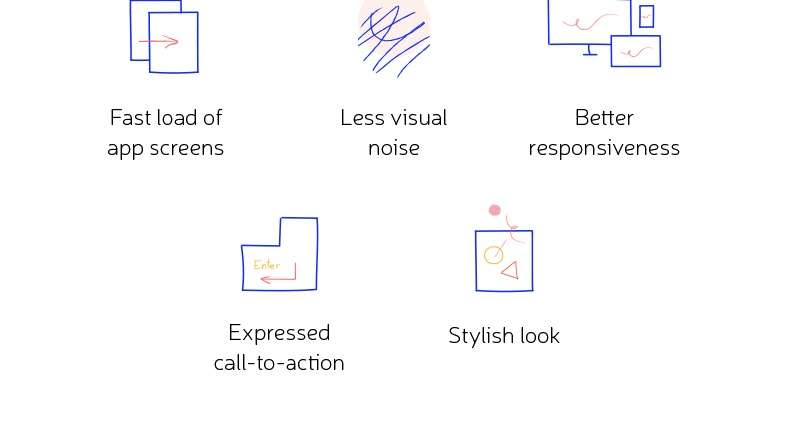
Photo Credit: agile.com
Cash App understands the limitations of their financial services, including their investment offerings, which is why they’ve stuck with a simple and straight-forward design approach geared towards a younger and more novice demographic.
This approach is fairly standard for financial services apps.
The intention is always to make financial transactions simple and easy to understand and navigate so users feel secure and comfortable.
Top Apps in the US, Q2 2020 (Sensor Tower)
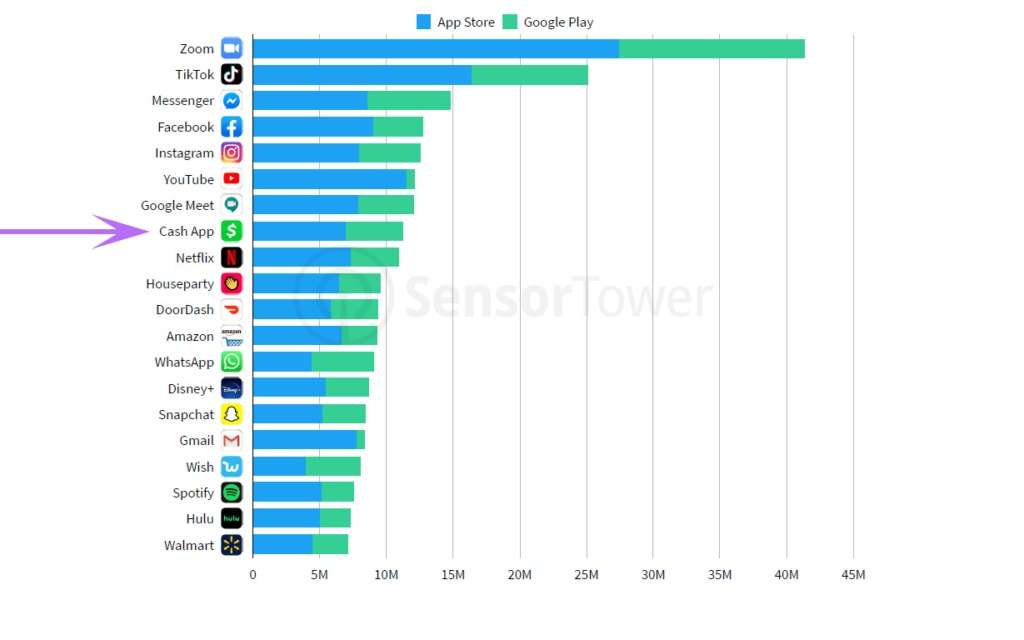
Cash App has several limitations, some of which we’ve already touched on.
While this app is rising in popularity, it’s important to understand what it can’t do for users.
Maybe this will even inspire app developers and entrepreneurs to fill in the gaps with their own financial app.
Let’s take a look.
3.3 Not Available Internationally
Currently, Cash App is only available in the United States and doesn’t support international transfers. This means that you can’t send or receive money from individuals located outside of the U.S. using the Cash App platform.
This limitation can be a disadvantage for users who have friends or family members living abroad, or for individuals who frequently travel outside of the U.S. and need to transfer funds while they’re abroad.
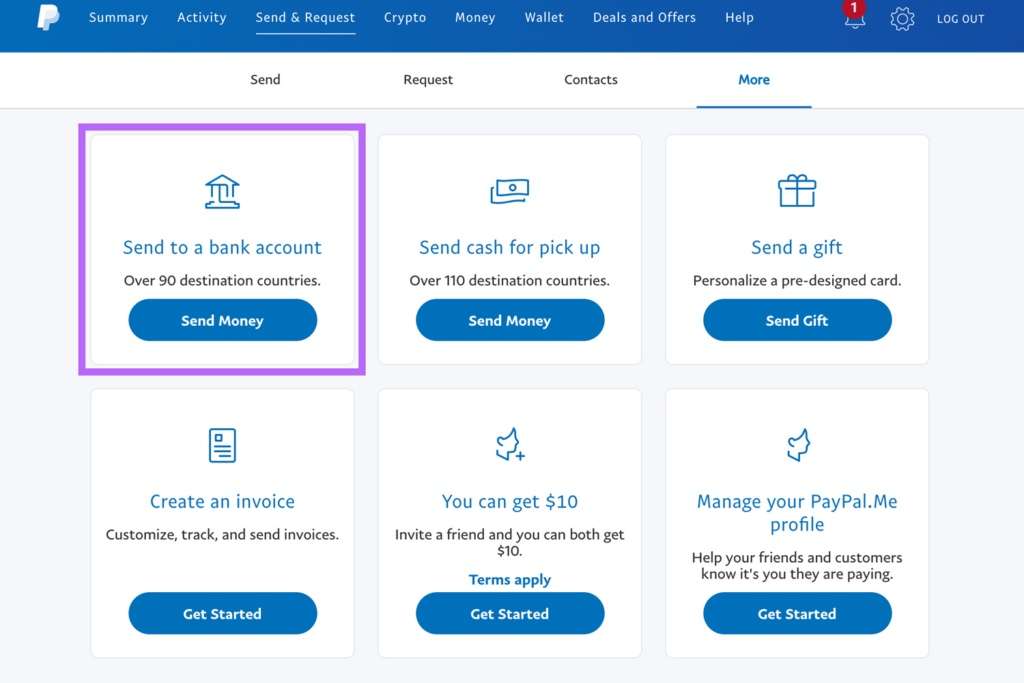
3.4 Investment Limitations
While Cash App plans on adding more to their investment options, currently, users can only buy and sell stocks, ETFs, and bitcoin.
And even these are pretty limited compared to the stocks found with major brokers.
When it comes to customer support, users are pretty much on their own.
3.5 Customer Service is Lacking
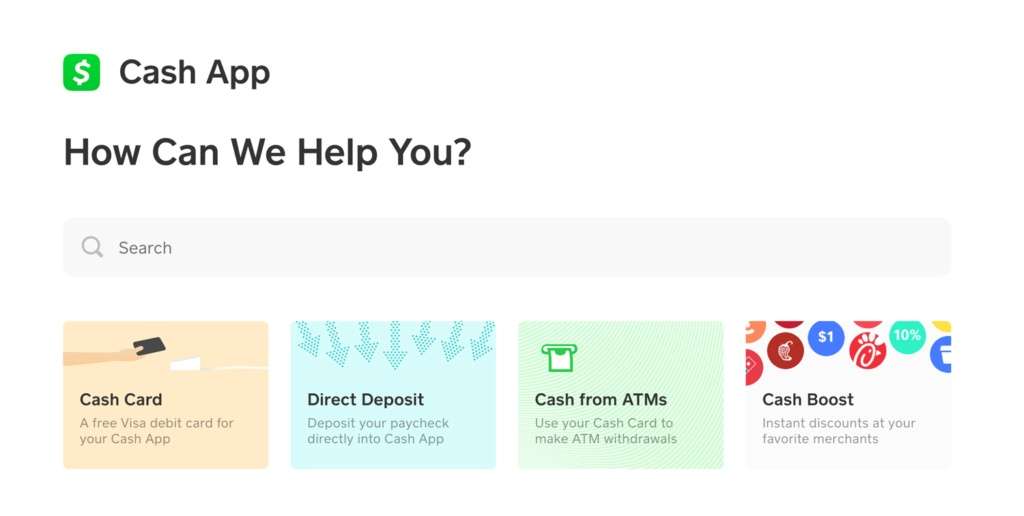
Remember, Cash App is a no-frills app, so users won’t be getting the quality of customer care as they would with major banks and brokers, like Fidelity or Charles Schwab.
Cash App offers a FAQs-style page that reviews various topics, like how to send and receive money, open a cash card, and so on.
Beyond that, the best you can do is to send an email to their customer service, which can take a while to get a reply.
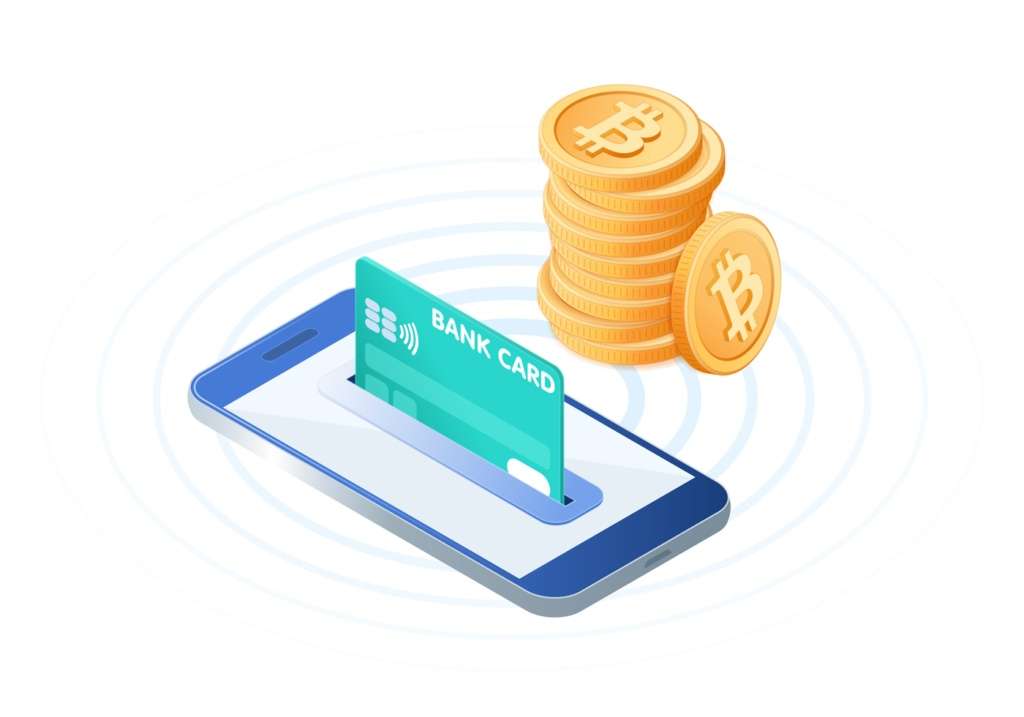
Cash App is a top contender when it comes to money apps in the market, despite its limitations.
It offers safe and secure transactions, no fees on transfers, and some investment options that are ideal for beginner investors.
Interested in creating your own money app to make up for what Cash App is lacking?
Our Simple Starter package is a great way to get started and includes a detailed outline of your project, wireframe sketches, and user research to set your project up for success.
What’s your go-to money app and how do you think it can improve?




